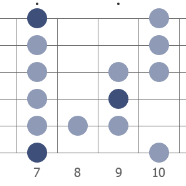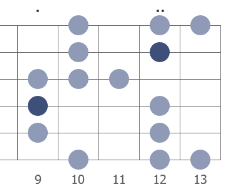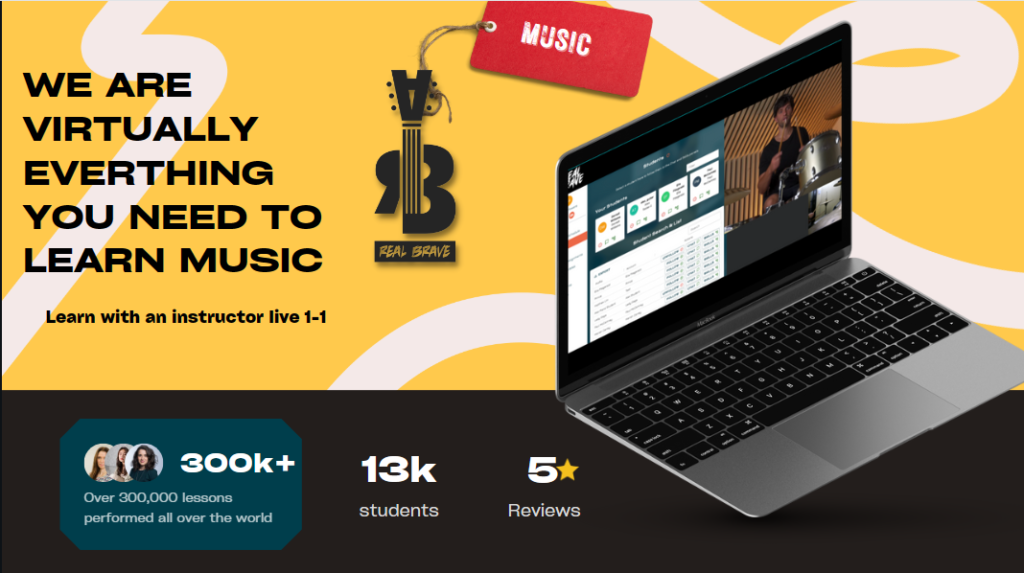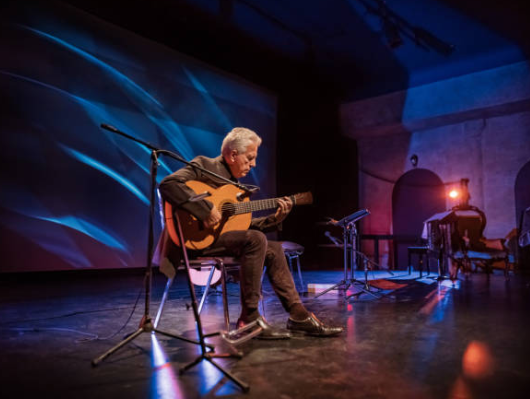How To Play The B Blues Scale On The Guitar Correctly

Learning to play the blues is a rite of passage for many guitarists. The B Blues Scale is a fundamental part of this genre, and mastering it can open up new avenues for improvisation and expression.
In this blog post, we’ll break down the B Blues Scale and provide you with tips to incorporate it into your playing.
What is the Blues Scale?
The Blues Scale is essentially a pentatonic scale with an added “blue note.” This note adds a distinct flavor that is characteristic of the blues. The B Blues Scale consists of the following notes:
B – D – E – F – F# – A
How to Play the B Blues Scale on Guitar
Let’s look at how to play the B Blues Scale on the guitar fretboard. We’ll start with the most common position and then explore some variations.
7th Position
Here’s the B Blues Scale in the 7th position:

- E (6th) string: In the 7th fret (B) place your index finger. And on the 10th fret (D) place your pinky finger.
- A (5th) string: In the 7th fret (E) place your index finger. And on the 8th fret (F) goes the middle finger.
- D (4th) string: 7th fret (A) place your Index finger. On the 9th fret (B) put your ring finger.
- G (3rd) string: 7th fret (D) put your index finger. And on the 9th fret (F) place your ring finger.
- B (2nd) string: 7th fret (A) put your index finger, and on the 10th fret (C) place your pinky finger.
- e (1st) string: The 7th fret (B) is for your index finger, and the 10th fret (D) is for your pinky finger.
9th Position

- E (6th) string: 9th fret (C#) – Index finger (1), 12th fret (E) – Pinky finger (4)
- A (5th) string: 9th fret (F#) – Index finger (1), 11th fret (G) – Middle finger (2)
- D (4th) string: 9th fret (B) – Index finger (1), 12th fret (D) – Pinky finger (4)
- G (3rd) string: 10th fret (F) – Index finger (1), 12th fret (G) – Ring finger (3)
- B (2nd) string: 10th fret (A) – Index finger (1), 12th fret (C) – Ring finger (3)
- e (1st) string: 10th fret (D) – Index finger (1), 12th fret (E) – Ring finger (3)
Tips for Practicing the B Blues Scale
- Use a Metronome: Start slow and gradually increase your speed. This will help you build accuracy and timing.
- Bend the Blue Note: The “blue note” (F) is what gives the blues scale its unique sound. Practice bending this note for extra expression.
- Improvise: Once you have the scale under your fingers, try improvising over a B blues backing track. This will help you apply the scale in a musical context.
- Experiment with Phrasing: Play around with different rhythms and patterns within the scale. Phrasing is key to sounding more musical.
Using the B Blues Scale in Your Playing
The B Blues Scale is versatile and can be used in various musical contexts. Here are a few ideas:
- Blues Solos: Use the scale to craft soulful solos. Remember to incorporate bends, slides, and vibrato for added emotion.
- Rock Riffs: Many rock guitarists use the blues scale for riffs and solos. Experiment with adding some distortion for a heavier sound.
- Jazz Improvisation: Jazz musicians often use the blues scale for improvisation. Try blending the B Blues Scale with other scales for a more complex sound.
Final Thoughts
The B Blues Scale is an essential tool for any guitarist. By practicing the scale in different positions and incorporating it into your playing, you’ll unlock new creative possibilities. Remember, the key to mastery is consistent practice and exploration. So pick up your guitar, and start jamming on the B Blues Scale today! Happy playing!
If you’re interested in learning an instrument, at Real Brave, we offer an incredible experience like no other place in music lessons for kids and adults by guiding them from the beginning stages of getting to know an instrument all the way through performing for family and friends on stage. Our instructors come from all over the world, bringing extensive experience on a wide range of instruments. Click below and book a free lesson with us!
Author: Daniel Powers Jr, the founder of Real Brave™, serves as the chief inspiration to thousands of students in the Real Brave music instruction program. He’s also the visionary behind PracticePad™, an online platform for live one-on-one online music lessons, lesson tracking, and scheduling. Beyond his entrepreneurial pursuits, Daniel leads a non-profit organization that provides formerly homeless children with access to music education, making a profound impact on their lives. His unwavering dedication to music, innovation, and education continues to inspire individuals to reach their fullest potential while creating positive change in communities. Follow Real Brave on all the socials:
youtube.com/@realbraveinc
twitter.com/realbraveinc
https://www.tiktok.com/@realbraveinc
instagram.com/realbraveaudio
facebook.com/realbraveinc





